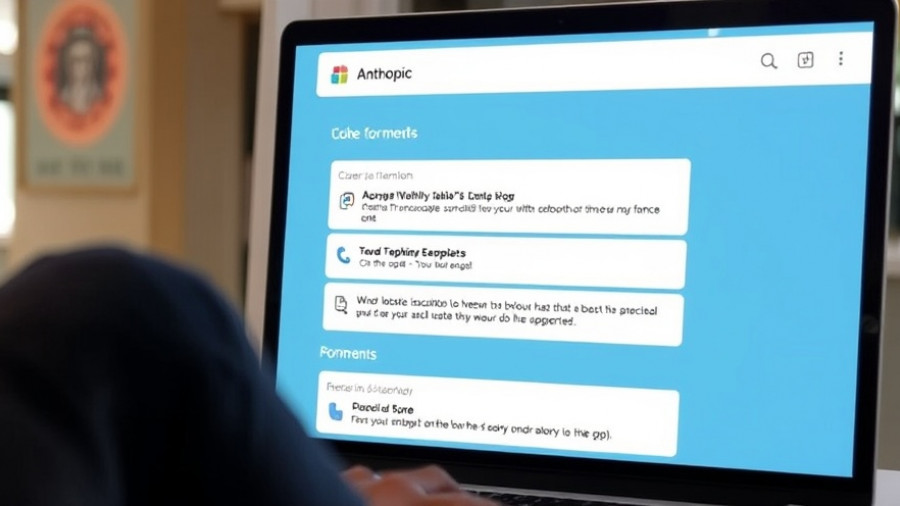
The Rise of Automation: How Claude AI Transforms Workplaces
As businesses increasingly embrace artificial intelligence (AI), a report from Anthropic reveals a startling trend: Claude AI automates a staggering 77% of tasks across various industries. This adoption of automation raises significant questions about the future of white-collar employment, with many suggesting that the specter of job loss looms large.
The Economic Impact: Job Losses on the Horizon?
The implications of Claude AI’s adoption are profound. Dario Amodei, CEO of Anthropic, has voiced concerns that mass automation may lead to heightened unemployment levels. The report indicates that industries are increasingly using AI for its efficiency, particularly in roles traditionally perceived as secure, such as coding, data entry, and administrative tasks. This shift could potentially lead to widespread displacement, emphasizing the need for a robust response to mitigate such losses.
Job Market Disparities: Who is Most Affected?
Interestingly, the study highlights a geographical disparity in AI adoption. Regions with higher labor costs are moving towards automation faster than others, prioritizing cost-efficiency over job preservation. Meanwhile, developing markets with limited infrastructure are adopting AI at a slower pace, presenting a unique scenario where white-collar positions may remain relatively stable for longer. The challenge remains balancing technological advancement with the protection of jobs.
Opportunities for Resilience: Finding the Human Edge
Despite the risks, it’s essential to recognize that automation does not account for the full panoply of jobs. Anthropic's report indicates that while AI excels at repetitive tasks, it struggles with complex and creative problem-solving. This opens opportunities for roles that utilize human ingenuity—fields such as strategic planning, product development, and other innovative pursuits could remain relatively unaffected.
Policy Recommendations: Tools for Transition
To address the potential job losses stemming from extensive AI integration, action is required. Experts argue for proactive strategies such as retraining programs to help workers transition into new roles that cannot be automated. Policymakers may need to consider implementing safety nets like universal basic income (UBI) to support those who face displacement.
Looking Ahead: Preparing for the Future
The shifting landscape of AI is ongoing, and as data continues to roll in, the call for robust policies is louder than ever. Identifying sectors most vulnerable and championing reskilling initiatives can help craft a sustainable future where both technology and employment can coexist. In addition, embracing change and adapting to new job necessities will become essential for a resilient workforce.
As we witness the enormous impacts of technologies like Claude AI, it's crucial for individuals, businesses, and governments to collaborate. The future is not just about preventing job loss; it’s about creating a forward-thinking economy that prioritizes both innovation and the well-being of its workforce.
 Add Row
Add Row  Add
Add 




Write A Comment